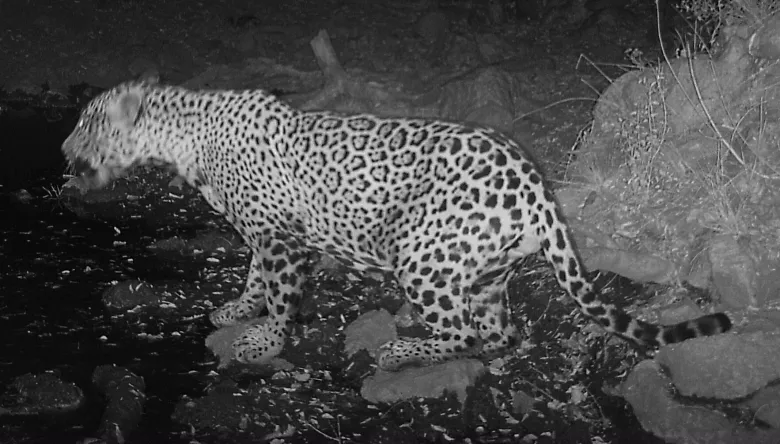On the lands of the Tohono O’odham in Southern Arizona, a new jaguar has received a name deeply rooted in Indigenous language and culture. His name is O:ṣhad Ñu:kudam, which translates to “Jaguar Protector” in the O’odham language. This name was chosen through a collaborative effort involving students from public schools on the Tohono O’odham Nation, groups of elders, and hundreds of Tohono O’odham tribal members, as well as individuals with Pascua Yaqui and Navajo heritage.
Eight-year-old Kii’yaa’nii Ross, who identifies as Yaqui, Purepecha, and Navajo, played a significant role in the naming process. She emphasized the importance of choosing an Indigenous name for the jaguar, as it reflects the connection between the animal and the land, both of which have origins in the same territory.
The selection of O:ṣhad Ñu:kudam underscores the significance of jaguars as protectors of the environment and symbols of resilience. Austin Nunez, chairman of the San Xavier District of the Tohono O’odham Nation, highlighted the cultural reverence for jaguars and their role in maintaining ecological balance.
This naming initiative builds upon previous efforts to name jaguars in the region, such as Yo’oko Nahsuareo, which means Jaguar Warrior in the Yaqui language. These names reflect the deep cultural ties between Indigenous communities and jaguars, emphasizing their mutual history and shared heritage.
O:ṣhad Ñu:kudam’s presence serves as a reminder of the ongoing conservation efforts needed to ensure the survival of jaguars in the region. With habitat loss and other threats endangering their population, collaborative conservation initiatives are essential for their protection.
The process of naming the jaguar involved careful consideration and consultation with Indigenous leaders and language experts. Elizabeth Ortega, a culture and language teacher, provided oversight on the O’odham names, ensuring their accuracy and cultural significance.
Ultimately, O:ṣhad Ñu:kudam emerged as the chosen name, symbolizing the jaguar’s role as a guardian of the land and its people. This initiative not only celebrates Indigenous culture but also fosters a deeper connection between youth and their natural environment, emphasizing the importance of conservation for future generations.















































